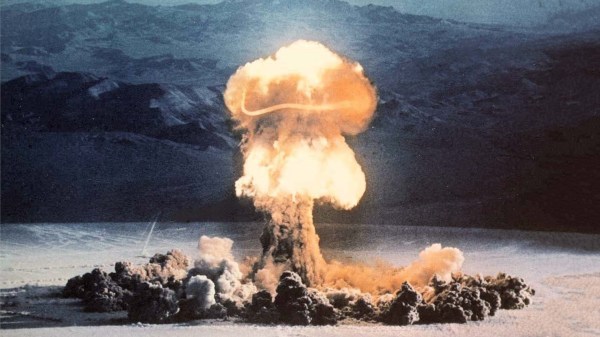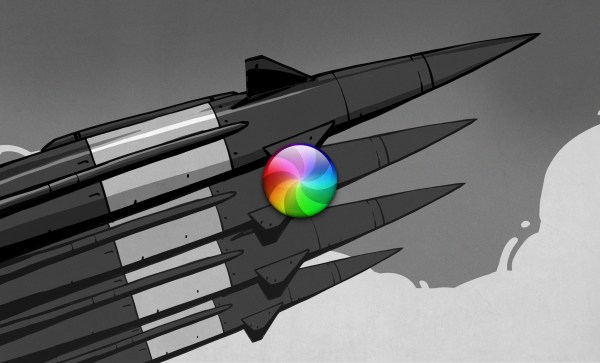Before the first atomic bomb was detonated, there were some fears that a fission bomb could “ignite the atmosphere.” Yes, if you’ve just watched Oppenheimer, read about the Manhattan Project, or looked into atomic weapons at all, you’ll be familiar with the concept. Physicists determined the risk was “near zero,” proceeded ahead with the Trinity test, and the world lived to see another day.
You might be wondering what this all means. How could the very air around us be set aflame, and how did physicists figure out it wasn’t a problem? Let’s explore the common misunderstandings around this concept, and the physical reactions at play.












